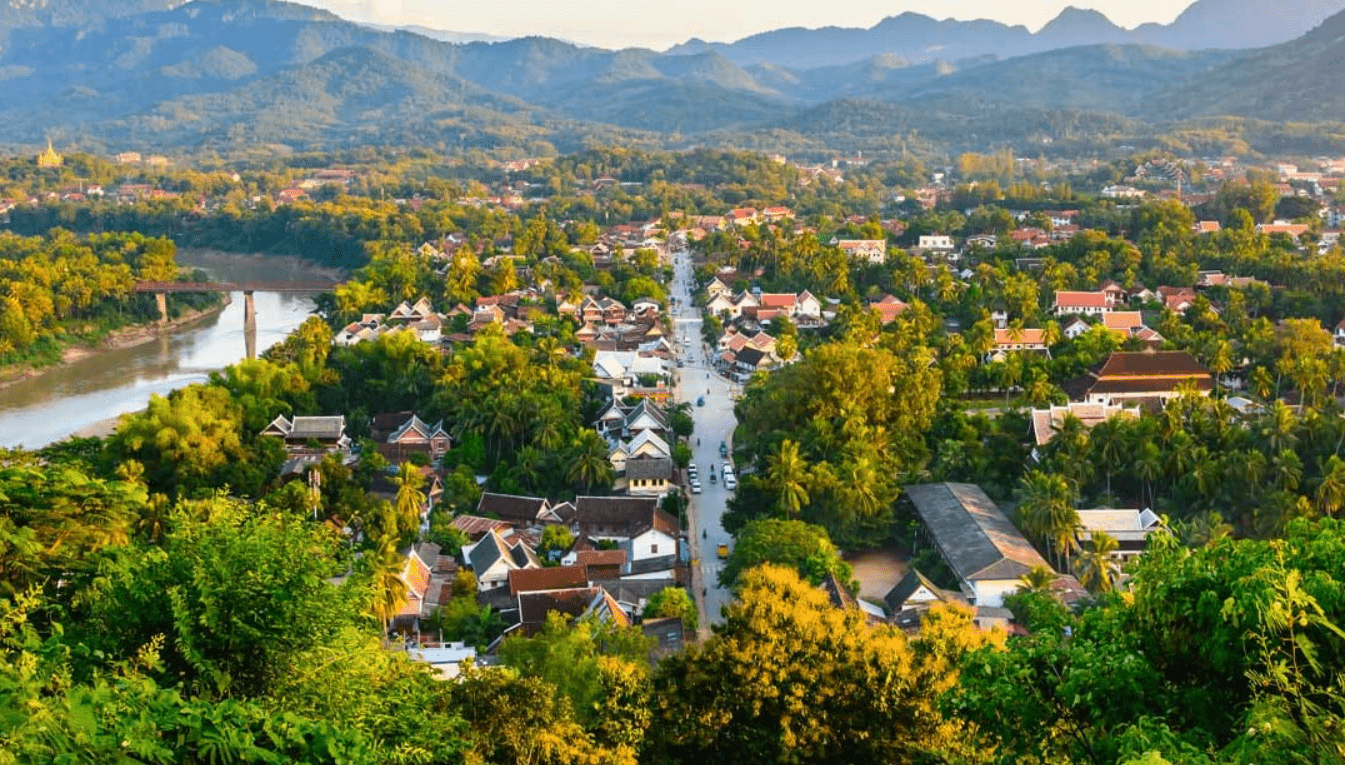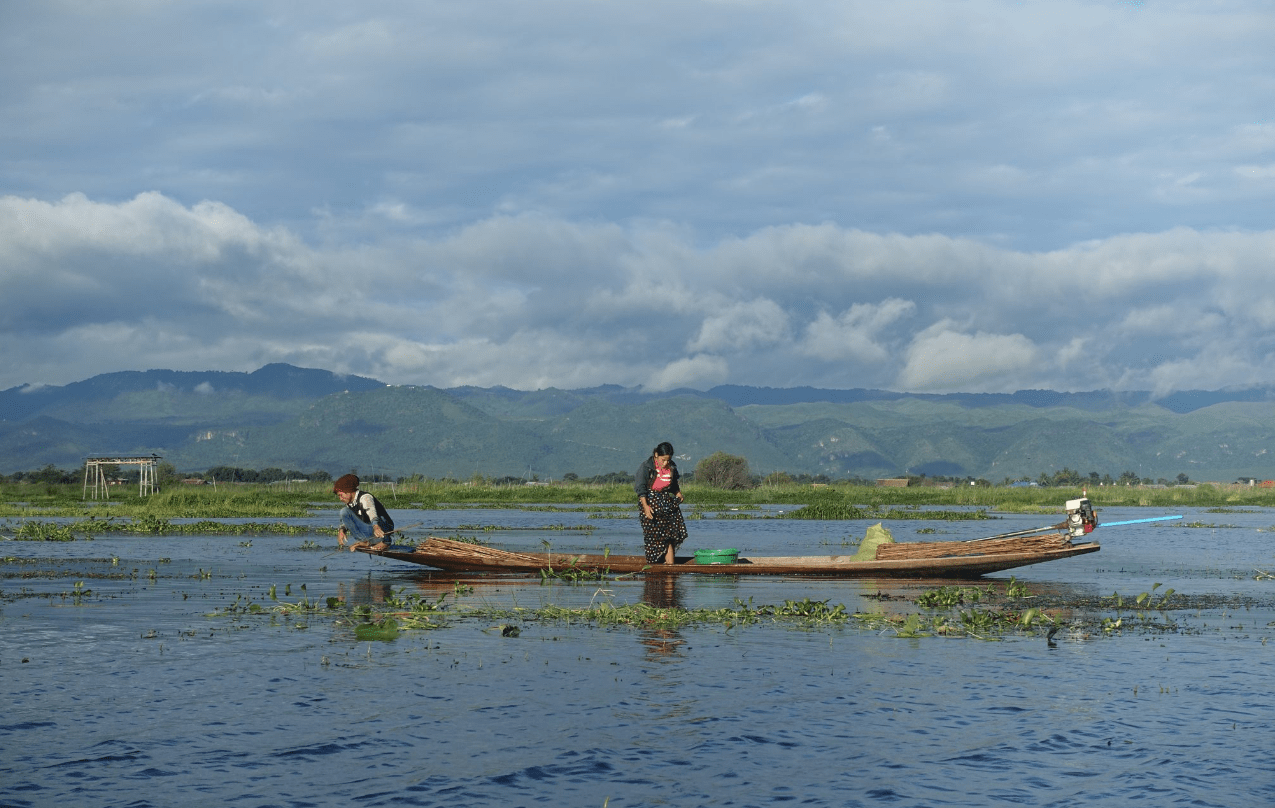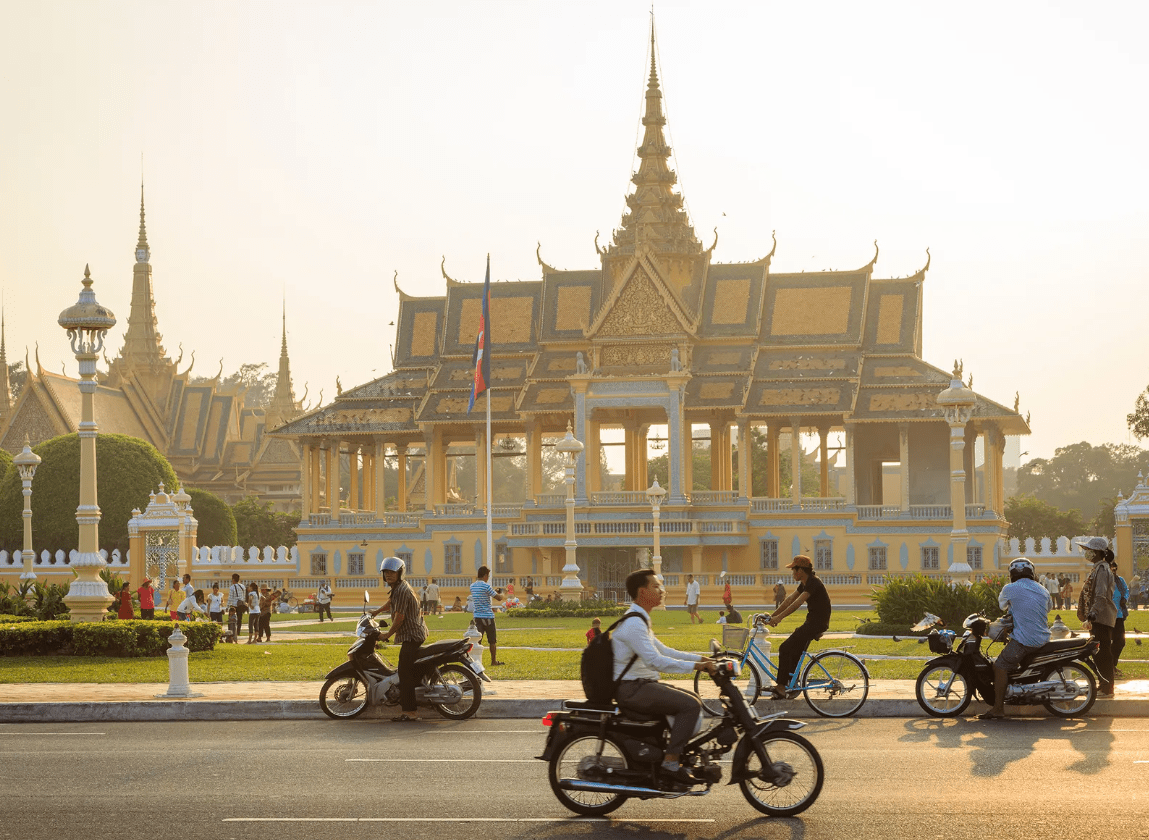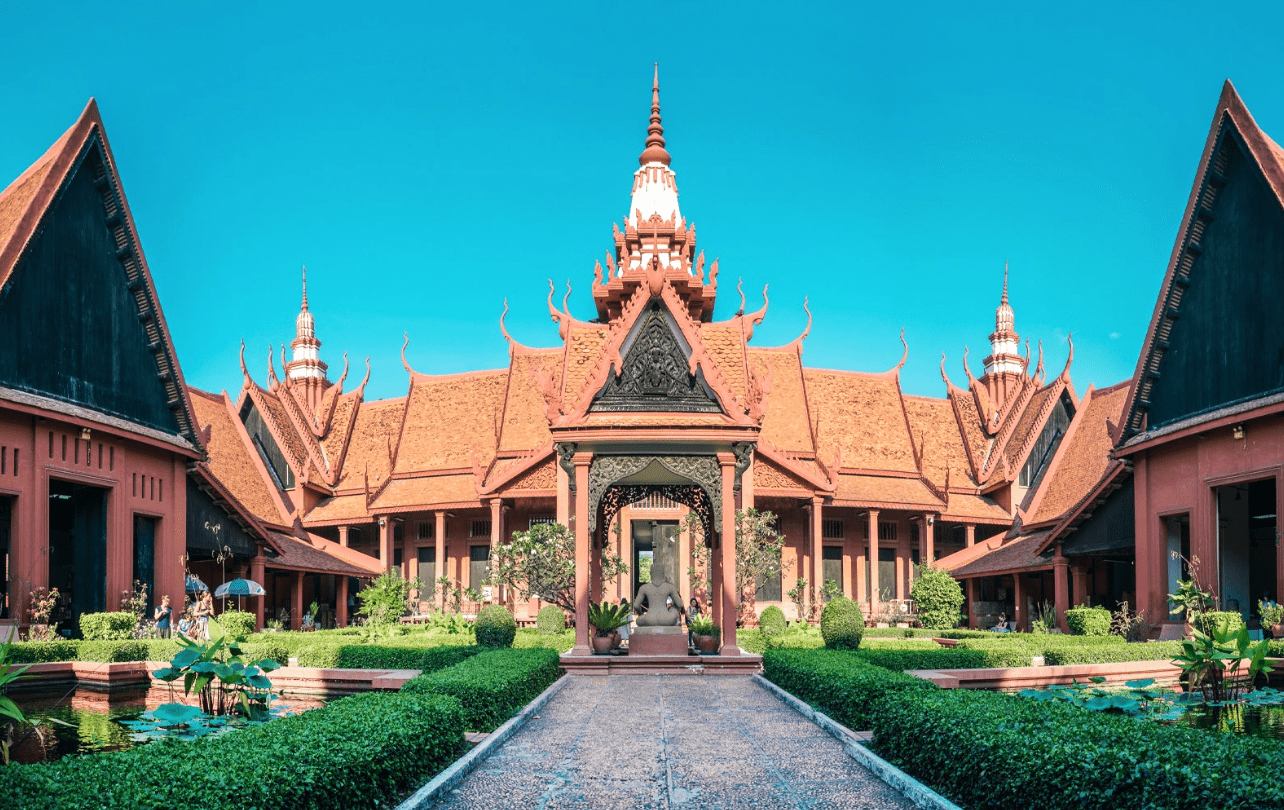Things to Do in Luang Prabang: Ask anyone who’s been to Luang Prabang, and they’ll likely tell you how this charming city won them over. With its historical architecture, deep-rooted Buddhist traditions, and lively markets that animate the streets from dawn till dusk, Luang Prabang is a haven for immersing oneself in Lao culture and experiencing the essence of the country.
The city’s narrow lanes are adorned with quirky eateries, boutiques offering exquisite handmade silk garments and silver jewelry, and museums celebrating the region’s diverse ethnic heritage. The night market buzzes with crowds, smoky grills, and enticing aromas as vendors serve up delicious meals at affordable prices.
Monks frequently walk in pairs or small groups through the streets. The Mekong River borders one side of the city, while the smaller Khan River runs along the other, merging with the Mekong at the peninsula’s tip. Charming alleyways wind through elegant French colonial structures, with Wat Chomsi—a golden stupa perched on Phousi Hill—overlooking the scene.
A few years ago, I had the incredible opportunity to spend three months in Luang Prabang while interning at the Ock Pop Tok Living Crafts Center. That time profoundly impacted me and left me with a lasting affection for Luang Prabang. Since my last visit, many things have changed, so I’ve invited some colleagues to share their travel insights and tips for enjoying Luang Prabang. Together, we’ve compiled an extensive guide—a truly fantastic resource for exploring this beautiful city!
Luang Prabang Cheat Sheet
- Arrival: Take a train or minibus from Vientiane. Check transport options and purchase tickets on 12GoAsia.
- Airport Transfer: If arriving by air, consider pre-booking a smooth transfer to your hotel (starting at $28 per group).
- Accommodation: Mekong Riverview Hotel (luxury; from $150); Ock Pop Tok Mekong Villa (boutique; from $70); Sabai Sabai Estate No. 1 (villa; from $65); Golden Lotus Place (mid-range; from $35); Vanvisa Guesthouse (budget; from $9).
- City Tour: Enjoy a half-day walking tour of the UNESCO Old Town with a local guide (from $25).
- Day Trip: Explore Pak Ou Caves and Kuang Si Falls by slow boat (from $45).
- Packing Essentials: Lightweight cotton scarf (for temple visits); travel pumice stone (for freshening up after temple-hopping); refillable water bottle; your favorite sunscreen; the latest Lonely Planet guidebook for Laos (published July 2020).
Top 12 Incredible Things to Do in Luang Prabang
- Explore the UNESCO Old Town & Heritage Architecture
Luang Prabang’s Old Town, set on a small peninsula encircled by the Nam Khan and Mekong Rivers, is ideal for a leisurely evening walk. The area’s serene atmosphere contrasts with the bustling capital, Vientiane. Wandering through the Old Quarter, you’ll be captivated by the blend of Buddhist and French Colonial architecture, often surrounded by lush greenery. To end the day, the Viewpoint Café and Restaurant offers spectacular sunset views over the rivers and mountains.
- Experience the Alms Giving Ceremony
One of Luang Prabang’s most memorable experiences is witnessing the early morning alms giving ceremony. This traditional Buddhist ritual involves monks collecting food from locals, and while it has become somewhat touristy, observing it respectfully provides a glimpse into local spiritual practices. To participate, bring food to offer and arrive around 6 am. Dress warmly and be mindful of the tradition’s significance.
- Visit the Morning Market
After witnessing the alms ceremony, head to Luang Prabang’s morning market for a taste of local food culture. These markets start early and feature a vibrant array of tropical fruits, fresh fish, and unique produce. It’s a great spot for a quick breakfast and to experience the local shopping scene. If you miss the morning market, Phosy Market operates throughout the day.
- Tour the Royal Palace
The Royal Palace, or Golden Palace, served as the residence for King Sisavang Vong and his family during the French colonial period. Constructed in 1904, it blends traditional Lao and French architectural styles. Now a museum, it displays royal artifacts and the revered Phra Bang Buddha statue. The palace is located by the river, offering scenic views and a peek into Laos’ royal history.
- Explore Luang Prabang’s Wats
Luang Prabang boasts numerous stunning wats (temples), each adorned with intricate details and offering a serene atmosphere. The Lai Heua Fai festival illuminates these temples with candles, creating a magical experience. Even outside the festival, exploring the wats and interacting with friendly monks is a highlight.
- Admire Wat Xiengthong’s Glass Mosaics
Wat Xiengthong, built in 1559-1560, is renowned for its exquisite glass mosaics that depict daily life scenes. This temple, a historical site where Lao kings were crowned, remains well-preserved, showcasing original Buddha images and intricate artwork. It’s located near the Mekong River with an entrance fee of 20,000 kip.
- Hike Up Mount Phousi
Mount Phousi offers panoramic views of Luang Prabang, the Mekong, and Nam Khan Rivers. The climb involves about 300 steps but rewards you with breathtaking vistas, especially at sunrise or sunset. The summit features Wat Chom Si and a small cave shrine. Entrance is 20,000 kip.
- Savor Lao Cuisine
Lao cuisine may not be as widely known as that of its neighbors, but it’s filled with delightful surprises. Staples like sticky rice (Khao Niao) and flavorful dishes such as Larb (marinated meat with herbs) are must-tries. Tamarind is a recommended restaurant for experiencing local flavors.
- Take a Cooking Class
Learn to recreate Lao dishes at home by joining a cooking class in Luang Prabang. Several schools offer classes that include market visits and hands-on cooking sessions. Tamarind’s classes are family-friendly and offer great value, while Kuang Si Waterfall’s class combines cooking with a short hike.
- Discover Hill Tribe Culture at the TAEC
The Traditional Arts and Ethnology Center (TAEC) provides a comprehensive look into Laos’ ethnic diversity. Located behind Dara Market, the center showcases traditional clothing, tools, and textiles from various ethnic groups. It’s an informative and interactive museum, open Tuesday to Sunday.
- Shop for Silk Scarves and Handicrafts
Luang Prabang’s boutiques offer a range of traditional handicrafts, including woven textiles, silks, and silver jewelry. For authentic, locally made items, visit reputable shops like Ock Pop Tok, Ma Te Sai, and Passa Paa, avoiding the mass-produced goods that flood the night market.
- Learn an Unexpected Skill
Consider learning unique skills like crafting traditional paper umbrellas during your stay. Luang Prabang offers opportunities to acquire new, culturally enriching skills while enjoying the local crafts scene.



